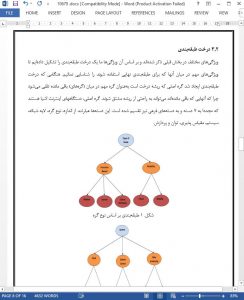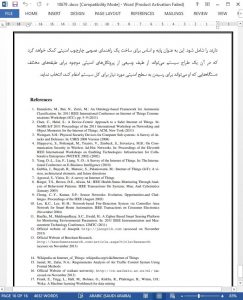Abstract
IoT systems and devices are being used for various applications ranging from households to large industries on a very large scale. Design of complex systems comprising of different IoT devices involves meeting of security requirements for the whole system. Creating a general security framework for such interconnected systems is a challenging task and currently we do not have standard mechanisms for securing such systems. The first step towards developing such a framework would be to build a classification mechanism which can identify the security capabilities or parameters of the different entities comprising an IoT system. In this paper we describe one such mechanism which can take user input to classify the different components of a complex system and thereby determine their capability to support security mechanisms of different degrees. This in turn would enable designers to decide what kind of security protocols they need to adopt to achieve end-to-end security for the whole system.
Introduction
Internet-of-Things (IoT) is the latest paradigm to capture the interest and imagination of not only the scientific and research community but also that of the common man. With the advent of high tech, smart gadgets and the enormous increase in communication bandwidth and availability, the number of novel applications to enhance the quality of life of the common man has increased exponentially within the last few years. Although the term Internet-of-Things was coined as early as in 1999 when radio-frequency ID (RFID) tags were used to identify and manage products and inventories, the technology has become more pervasive and taken center stage in the recent years. With intelligent systems, automation and remote operations being enabled by the revolution in communication and computing technologies, the importance of the idea of operating in an environment where things interact with human beings and also amongst themselves has become a reality. With such complex systems invading our day-to-day lives the security of information handled and our interactions with such devices takes paramount importance.
5 Conclusion
The classification mechanism for the IoT devices presented above will help to identify the different security capabilities of the devices by assigning them a particular class and at the same time help the system designers to evolve a security mechanism for the whole system taking into consideration the different classes of devices that need to interact in the system. This will help to act as a foundation for building a generic security framework guideline wherein a system designer can choose from a range of security protocols available for different classes of devices which he can integrate to achieve the required security level for the whole system.











